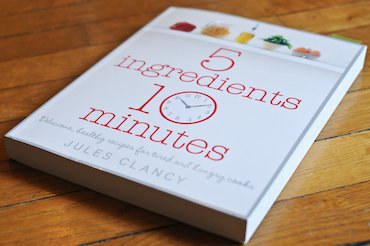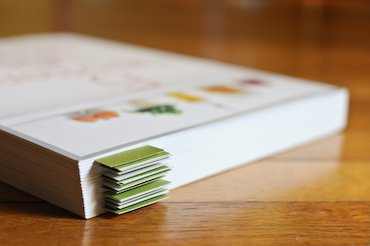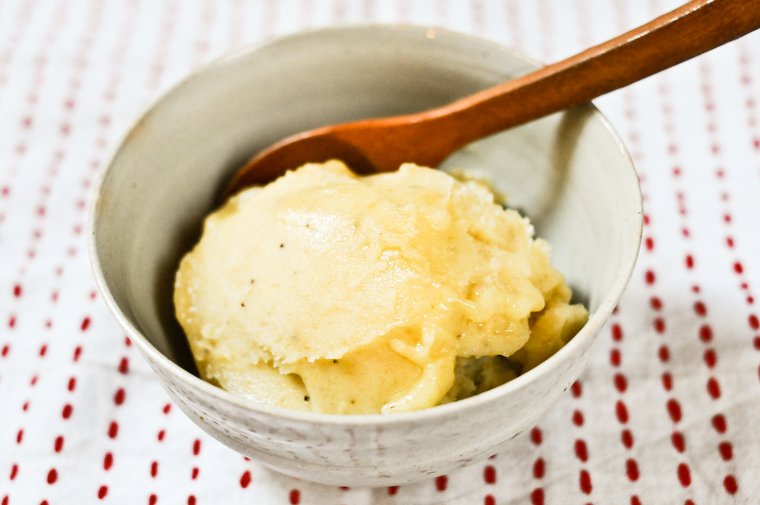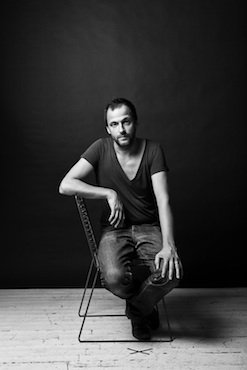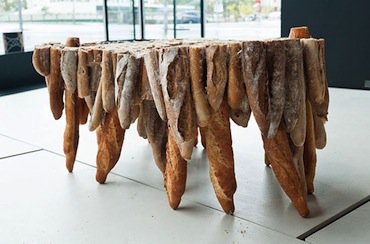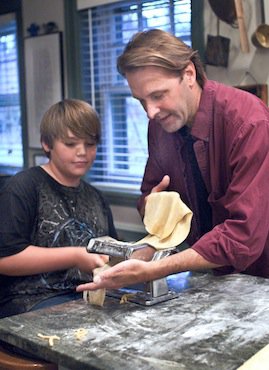
James and Michael, photographed by Donna Turner Ruhlman.
Parents Who Cook is a Q&A series in which I ask my guests about how their cooking has changed after kids entered the picture, and pick their brains on their best strategies to cook with little ones underfoot.
Michael Ruhlman is an American writer who specializes in understanding the professional chef’s craft, and making that expertise accessible to the home cook.
He has published twelve books, including the best-selling French Laundry Cookbook and the game-changing Ratio, which reveals the cooking formulas that govern basic preparations so you can free yourself from recipes. His latest book is Ruhlman’s Twenty, about the twenty founding concepts and techniques of cuisine. He also writes an excellent blog at ruhlman.com.
Michael lives in Cleveland, Ohio, with his wife, photographer Donna Turner Ruhlman, and their two teenaged children. I am delighted to have him share his thought-provoking views on cooking with and for children.
Can you tell us a few words about your children? Ages, names, temperaments?
Addison is 17 years old, her brother James is 13. She’s a handful, but beautiful and smart, fiercely independent, wants nothing more than to be out of the house and with her uncommonly sweet friends. James is a boy boy, loves gaming, having fun, and practical jokes. A sweetheart, delightful in conversation, very mature and empathetic.
Did having children change the way you cook?
No, not really. I was just learning to cook professionally, so I had all these extra cooking muscles to rely on. But I always cooked real food. I tried to cook real puréed food for them when they were little, but mostly what they’d prefer was the jarred stuff. Then they moved on to scrambled eggs and cheese, then all white food.
As they grew and their tastes and dislikes changed, I occasionally made three different meals simultaneously to please everyone. Because I could. Addison’s favorite meal is beef stir-fry, but James doesn’t like it, so I cut a chunk of flank steak to sauté, and slice the rest for stir-fry. I stir-fry bok choy or broccoli, but Addison avoids it and James will only eat it raw. That kind of thing. It makes for a lot of dishes to clean.
Do you remember what it was like to cook with a newborn? Any tips or saving grace for new parents going through that phase?
In the newborn years, try to schedule meal times for when they’re asleep or routinely occupied. If they’ll sit in a bouncy chair while you eat, so much the better. Donna often ate while she breastfed. Many many meals were interrupted, or concluded early.
The saving grace? It’s over before you know it. Days are long, years go by in a snap.
Be sure to plan at least one quiet meal with your spouse each week where you can linger at the table, even if it’s lunch.
Continue reading »
